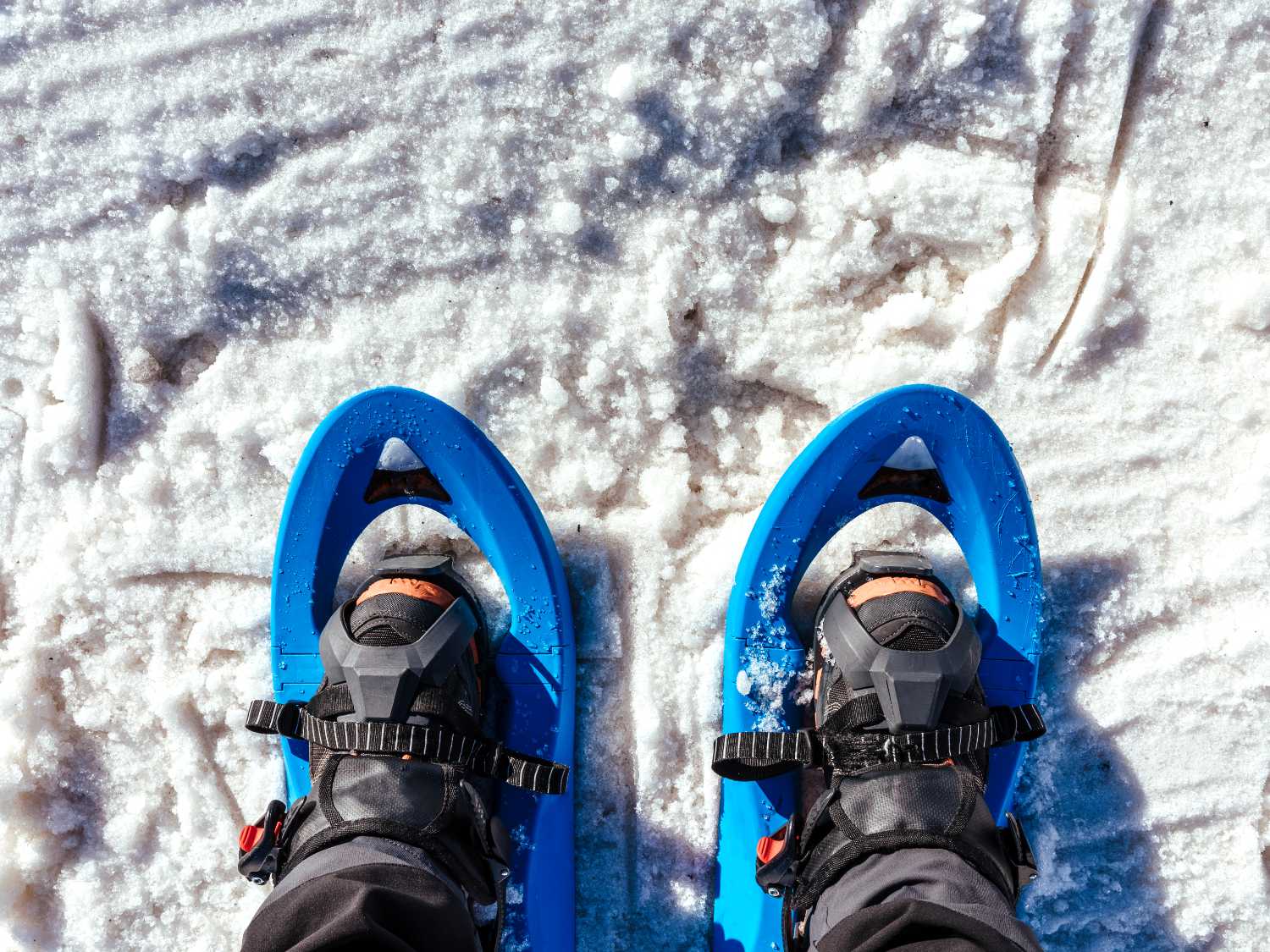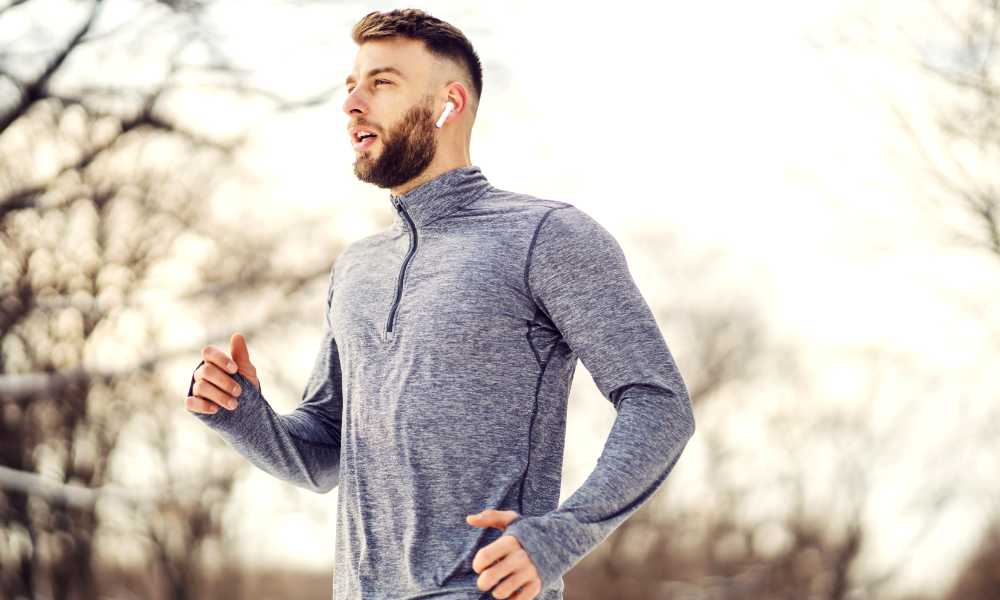Your basket is empty
Already have an account? Log in to check out faster.
Already have an account? Log in to check out faster.

There are those who consider only summer a good time to train, while those who only consider indoor disciplines such as spinning and weight training in the gym and then there are them: those who love the cold and practice it outdoor winter sports .
We know, doing sports in the cold , maybe on a gray day, with the couch tempting us… is not very tempting. But many researchers agree that it is, in reality, very beneficial for the body and for the mood.
Let's see why and which winter sports you can decide to practice
The benefits of training outside even in low temperatures are linked precisely to the latter and their physiological impact on the human body.
Very simply, run or do other physical activity outdoors when it's cold, it would lead to burning more calories , for the simple fact that the body burns more calories just to regulate its temperature.
Not only that: once the initial resistance has been overcome, it would also be a great way to improve mood and fight the so-called winter blues , that is, the melancholy that strikes many people between November and February, when the shorter days, the darkness and the low temperatures affect daily life. Instead of taking refuge under the covers and in comfort foods, which only risk fueling the malaise, going out for a jog would seem to be a panacea.
Breathing fresh air, producing endorphins with physical effort and enjoying the sun's rays – thus synthesizing vitamin D – is a true concentrate of well-being.
In fact, there are those who claim that, if properly covered and protected from the cold, winter sports help to strengthen the immune defenses .
Are you not a fan of the cold and have never tried to venture out to do sports after September?
We give you some advice for fun activities that are accessible to everyone, with a few lessons and a little training.

Fundamental be equipped in the most appropriate way , to protect yourself from the cold, especially the extremities such as the head, hands/feet and nose, while maintaining good breathability of the chosen clothing, to avoid sweating and feeling the sweat cooling you.
It is always good, especially if you practice sports in the mountains, to protect yourself even in winter with good sun protection , even for lips.
Essential hydrate yourself , even if you will feel less thirsty than in summer: it is better, perhaps, to have a thermal flask with you with a warm drink, such as a green tea , to be sipped every now and then. Eating properly is important but it is better not to overdo it with meals that are too heavy, in order to avoid overloading digestion at a time when the body's blood flow is aimed at warming us up.
Aim for have energy without weighing you down too much (ok, polenta or hot chocolate at the refuge after skiing are always a good idea!).
Be careful with sudden movements and static stretching: in the cold this good practice could become counterproductive and favor the onset of small cramps or muscle tension. Better to warm up with a few light jogging steps and a bit of dynamic stretching , moving arms and legs to make movements fluid.
Sources:
0 comments